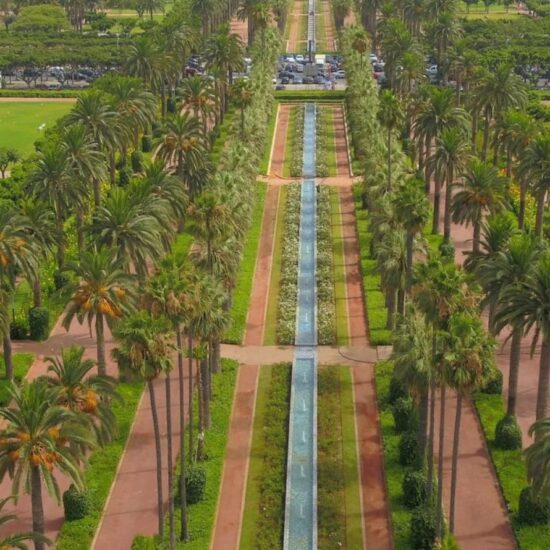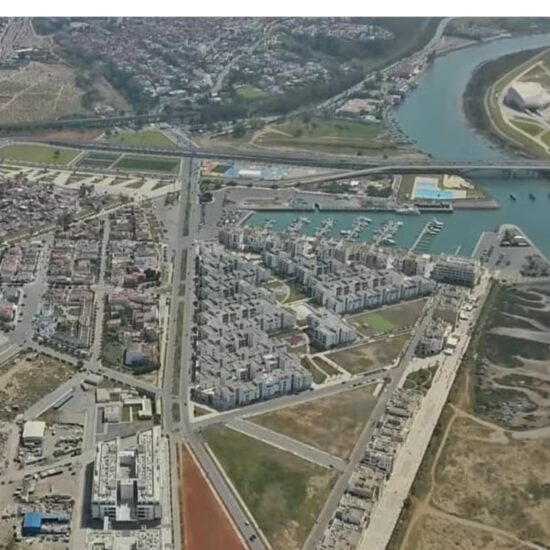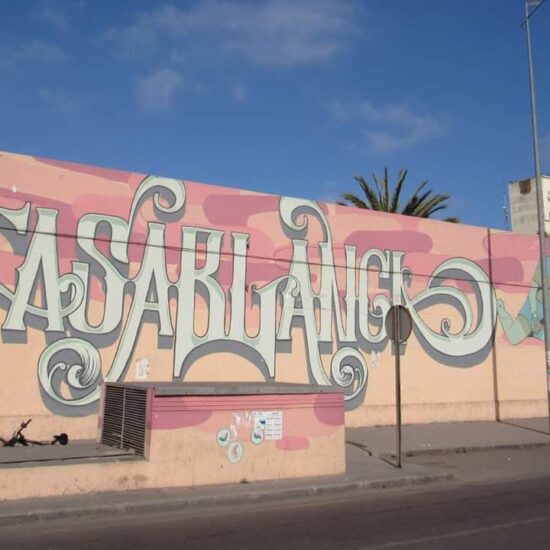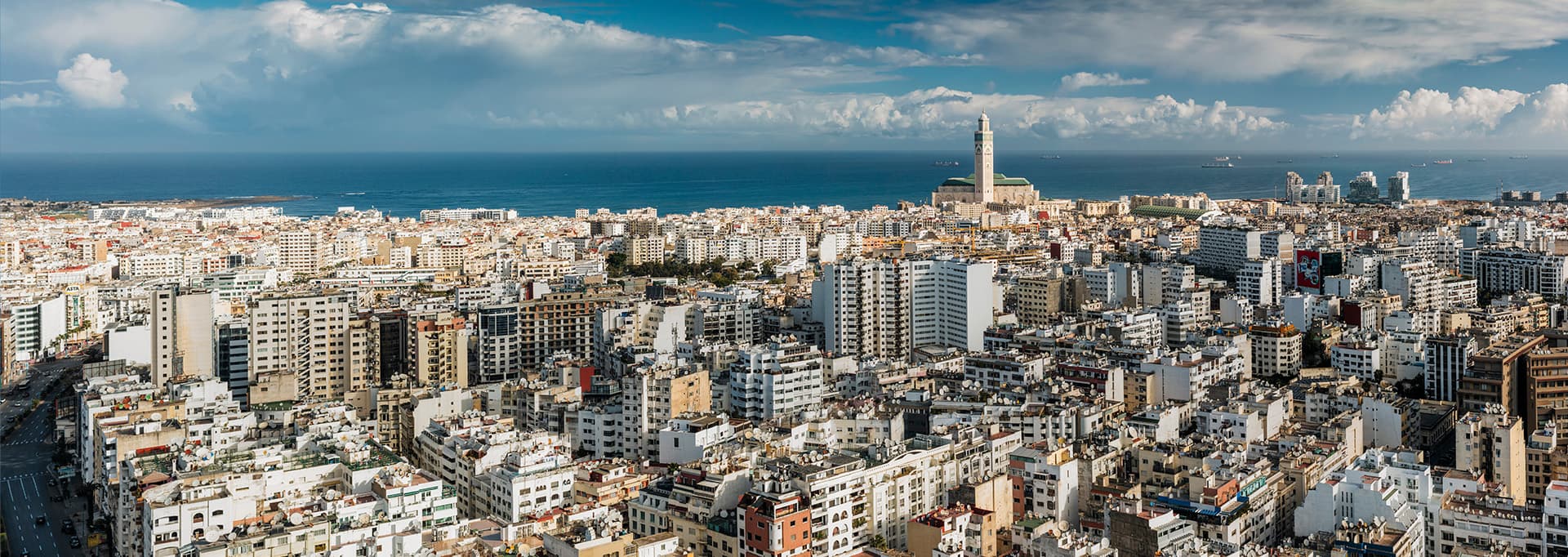The New Medina of Habous
You may be one of those Casablanca residents or passing tourists who think that the city of Habous is " the most majestic of the ancient cities of Morocco ", in the words of the poet Abdellah Zrika. And yet, this district which embodies everything the refinement and authenticity of traditional Moroccan architecture was not designed by the sultans who built the Kingdom, but by French architects from 1915.
The overall plan for the Habous city was designed by the architect Albert Laprade, who was transferred to Rabat at the end of 1916. Objective: to draw a small medina dedicated to low-income Muslims on a plot of four hectares. This land was ceded by a wealthy Jewish merchant, Haim Bendahan, to the Habous administration, on the Mers-Sultan hill along the Mediouna Road. The Ministry of Habous and Islamic Affairs, owner of the Habous city, continues to supervise the allocation of housing in the neighborhood.
With its labyrinthine structure, its Andalusian decoration, its alleys, squares and kissariat, the city of Habous stands out from the rest of the city of Casablanca. It resembles a ancient medina designed by an orientalist painter, while respecting the principles of modern urban planning and introducing sewerage, reinforced concrete, electricity and even the telephone in the 1920s.
The construction of this district, supervised by Brion and Cadet, lasted more than thirty years, from 1918 to 1955. The first building built was the Sultan's Palace, according to a design by the Pertuzzio Brothers. You will enjoy strolling around this non-visitable monument, to discover the Mahkama, an imposing building decorated with green tiles and the two large mosques of the district (the Al Mohammadi Mosque and the Moulay Youssef Mosque). The district is also home to kissariat and craft shops, the copper, carpet or olive souk or even bookstores specializing in theology and Arabic literature. The city of Habous is indeed a Casablancan center of theological knowledge and prayer, with its many mosques and bookstores, and its adouls (Muslim notaries).
Let's go together to discover the Habous with Blog,.
-
InclusThe New Medina of Habous
-
Pas inclusNatureMovie theaterIndustryUrban planningHistoryArchitectureSpirituality / ReligionSportHobbies
Departure
- Introduction to the City of Habous
- The Mahkama of the Pasha
Circuit
- The Sultan's Palace
- The Ababou Mosque, the Small Mosque of the Sultan's Palace
- Mauritania Coffee
- Dar Kitab & the Booksellers Street
- Al Mohammadi Mosque
- The Adouls
- The Imperial Cafe
- The Zaouia Tijania
- Habous Shops
- The Bennis des Habous Pastry Shop and its oven
- The Joutia of Carpets and Dlala
- The Architect's Office
- The Oulad Abbad Family Carpentry Workshop
- Moulay Youssef Mosque
- Dar Alaa, the temple of Andalusian music
- Alleys & Fountains of Habous
- The Habous Olive Market, "Qaat Zitoun"
- The Kissaria of Silk
- The Chiqui Hammam
- Baladiya
- Bousbir, the former red-light district
- The Witches' Souk of Derb Soltane
- Derb Bouchentouf, Derb Spanyol, Derb Carlotti
- El Gharb covered market
Arrival
- Mauritania Cinema
Donnez votre avis
DETAILS
Duration : 3 hours
Distance : 1 km
Shift : on foot
Language : in French, in English, in Arabic





![[:fr]CitizOn CasaPocket Recherche de visites guidées insolites à Casablanca Maroc[:]](https://citiz-on.com/wp-content/uploads/2023/04/A1-550x550.jpg)
![[:fr]CitizOn CasaPocket Recherche de visites guidées insolites à Casablanca Maroc[:]](https://citiz-on.com/wp-content/uploads/2023/04/A2-550x550.jpg)
![[:fr]CitizOn CasaPocket Recherche de visites guidées insolites à Casablanca Maroc[:]](https://citiz-on.com/wp-content/uploads/2023/04/A3-550x550.jpg)
![[:fr]CitizOn CasaPocket Recherche de visites guidées insolites à Casablanca Maroc[:]](https://citiz-on.com/wp-content/uploads/2023/04/A1-scaled.jpg)
![[:fr]CitizOn CasaPocket Recherche de visites guidées insolites à Casablanca Maroc[:]](https://citiz-on.com/wp-content/uploads/2023/04/A2-scaled.jpg)
![[:fr]CitizOn CasaPocket Recherche de visites guidées insolites à Casablanca Maroc[:]](https://citiz-on.com/wp-content/uploads/2023/04/A3-scaled.jpg)